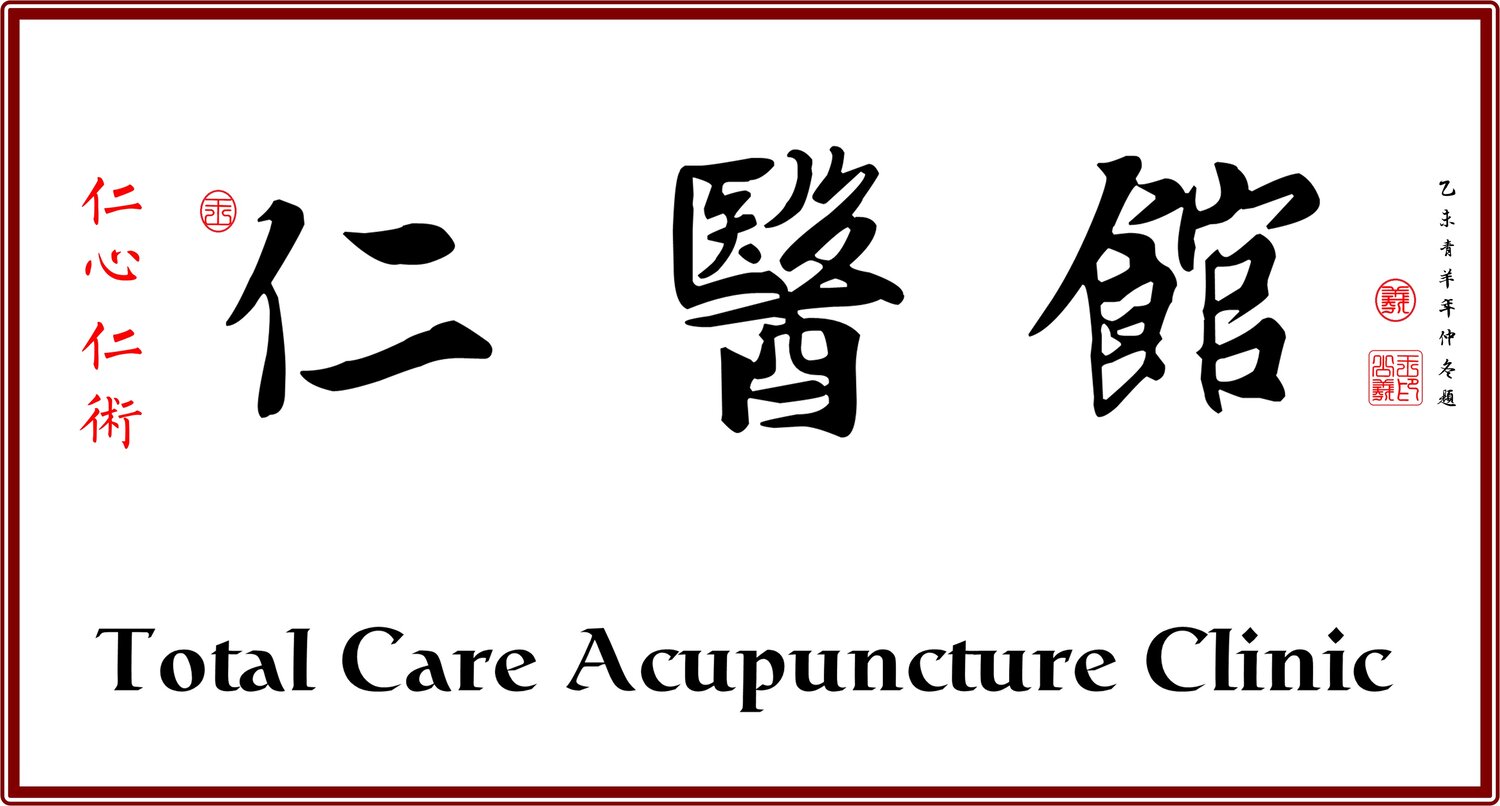Acupuncture Helped People With Back Pain Walk and Bend Better
Back pain sufferers who got electroacupuncture had improvements in walking comfortably, standing for longer periods, bending and kneeling. By Nicholas Bakalar
A double-blinded randomized trial of electroacupuncture found it may result in a modest improvement in daily functioning for those with chronic back pain, though it provided little pain relief.
Electroacupuncture uses a small electric current passed between needles, a practice some believe provides additional pain relief compared with regular acupuncture. Researchers tested the procedure by dividing 121 people with chronic low back pain into two groups. The first received electroacupuncture, and the second a sham version of the procedure. None of the patients knew in advance which treatment they would get. The study, in JAMA Network Open, included 12 45-minute sessions over six weeks.
The scientists measured pain intensity using a pain scale developed by the National Institutes of Health, administering the questionnaire two weeks before and two weeks after the end of the treatment. There was no statistically significant difference in pain intensity between the treatment and the placebo groups at either time point. But the acupuncture group did have modest improvement in disability — they reported improvements in walking comfortably, standing for longer periods, bending or kneeling, and other daily activities.
“For back pain management, most techniques, even surgery, provide modest relief,” said the lead author, Dr. Jiang-Ti Kong, an anesthesiologist at the Stanford University School of Medicine. “To manage back pain it’s best to use a multimodal approach, and electroacupuncture can provide a modest, but clinically significant reduction in disability.”
A version of this article appears in print on Nov. 10, 2020, Section D, Page 6 of the New York edition with the headline: Alternative Medicine: Acupuncture and Mobility.
